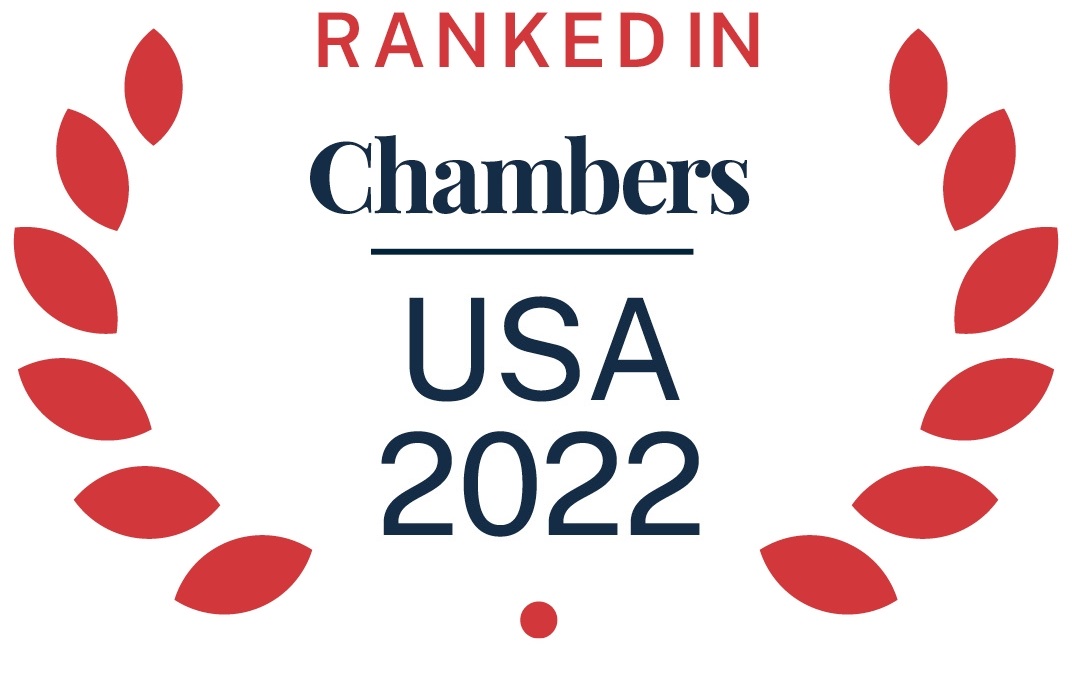During this webinar, McDermott Partners Heather Cooper and Joel Hugenberger hosted Jay Chang, managing director at CCA Group, for a discussion on how the new technology-neutral tax credit will work and how it may impact the industry moving forward.

Below are key takeaways from the discussion:
1. The newly introduced technology-neutral tax credits (for both the investment tax credit (ITC) and production tax credit (PTC) regimes) are unique in that they can be applied to any facility producing energy so long as the greenhouse gas emissions from said facility are net zero. At this time, emission classes have not yet been established by the Internal Revenue Service (IRS), although carbon dioxide capture can be taken into account for calculating the emissions rate under the new technology-neutral tax credit regime. (More guidance surrounding this topic is expected before 2025.) However, it is expected that traditional renewables facilities (e., solar and wind) will be treated as having net zero emissions. Nonetheless, all technologies will have the option to select either ITCs or PTCs and not be restricted by their respective industry (as was previously the case).
2. Generally, the technology-neutral tax credits will follow the ITC and PTC mechanism; there will be 30% ITCs and 100% PTCs, each with potential adders or penalties against each, respectively. The technology-neutral tax credits will also be subject to identical wage and apprenticeship rules that apply to the current tax credits in connection with PTCs and ITCs.
3. Technology-neutral ITCs and PTCs are applicable to projects placed in service after 2024 (e., on or after January 1, 2025). The old ITC and PTC regimes are set to apply to projects that begin construction prior to or during the year 2024. For those projects that overlap between both periods, it is unclear as to which regime would apply. Taxpayers are still awaiting additional guidance from the IRS concerning this inquiry.
4. Technology-neutral PTCs are available to taxpayers without them having to provide evidence of a sale of output. Now, so long as the output is verified by a third-party meter reader, a taxpayer can take advantage of these new credits. Additionally, taxpayers can now claim these technology-neutral tax credits for new additions to existing facilities (which could be particularly beneficial for facilities that might be upsized post-2024.)
5. To note, assuming greenhouse gas emissions reach a target of 25% of the current 2022 rates, technology-neutral ITCs and PTCs will begin to be phased out starting in 2034. Projects beginning construction in 2034 will be entitled to 75% of tax credits. In the following year, projects will be entitled to 50% of tax credits, with projects being entitled to 0% of tax credits in 2036. However, if the proposed greenhouse gas emissions goal is not reached by 2034, this proposed timeline will be extended.
6. In the past, renewable technologies have had to quickly [...]
Continue Reading
read more

 Subscribe
Subscribe Below are key takeaways from the webinar:
Below are key takeaways from the webinar:
